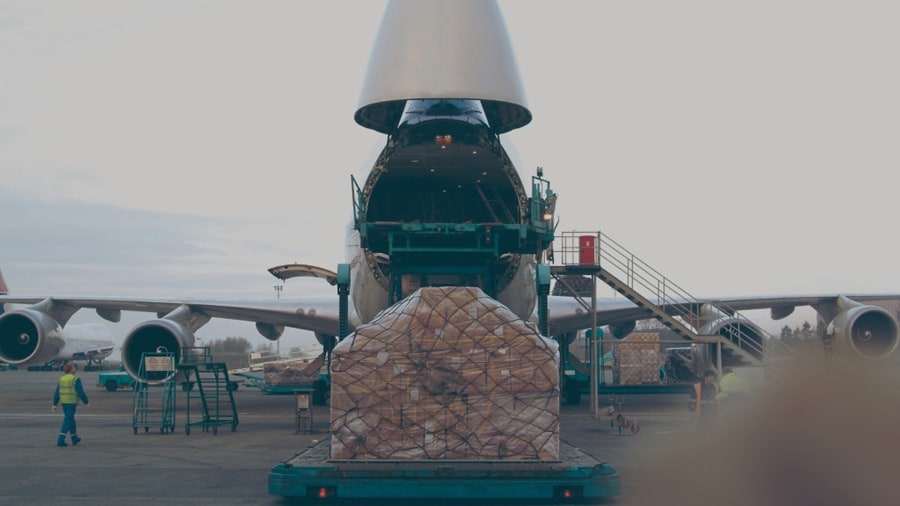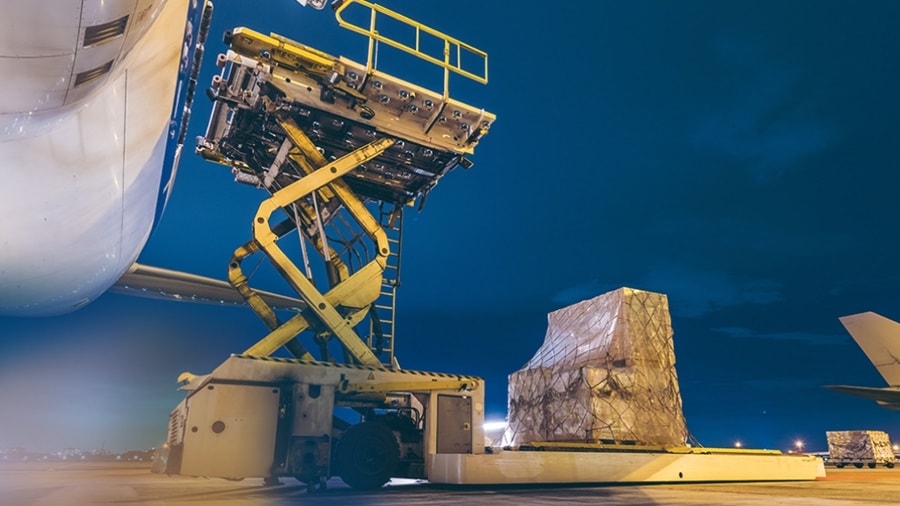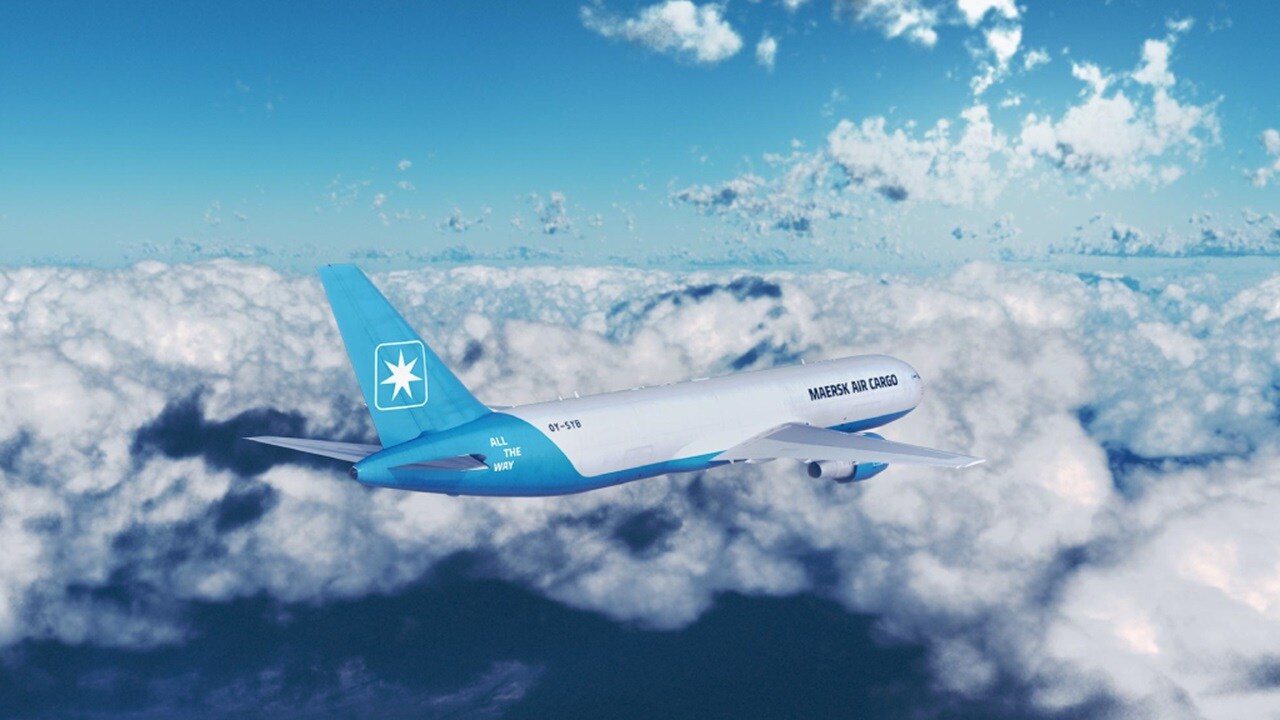With the need for agility in supply chain soaring, savvy companies are looking to add air freight to their mix of multimodal solutions. But if you’re unfamiliar with the industry, you might have trouble understanding its language. For example, do you know the difference between air freight and consolidated air freight?
To avoid any misunderstandings, we’ve defined key terms and shed light on popular misconceptions in this blog. Let’s dive in.

Air cargo
Goods that are transported by aircraft. These could be anything from lightweight computer chips to fragile high-end jewellery to temperature-controlled pharmaceuticals.
Air carrier
The company responsible for transporting goods via air. For economies of scale, air carriers typically use high-capacity freighter aircraft to transport air cargo. However, the demand is so great today that empty passenger aircraft are also used, with goods stacked on passenger seats. These are aptly referred to as “preighters”.
Air charter
The exclusive rental (chartering) of an entire aircraft to transport goods. Air charter is designed for customers who require tailor-made air freight services. It’s an ideal solution for companies with variable-sized or dangerous goods cargo, or if delivering to a remote location with limited route schedules. This gives them more control over their air cargo and helps to avoid restrictions and delays.
Air freight
The process of transporting goods by aircraft. Take care when using this term as it’s often used interchangeably with ‘air cargo’, However, there’s a subtle but important distinction between the two. Air freight is the mode of transport; air cargo refers to the goods being transported.

Consignment
The delivery of goods from an exporter (the consignor) to a specified agent (the consignee) who then sells the goods on behalf of the consignor. The consignor pays the consignee commission for the sale of the goods but retains their rights until they’re sold.
Consolidated air freight
The combination of multiple consignments of air cargo into one load at a centrally located point of origin and transporting them all via a single aircraft to their destination. This is a highly cost-effective and fast mode of transport. However, unlike air charter, the customer doesn’t get to control the exact time and place of departure.

Gateway
A location where air cargo is transferred from one mode of transport to another. An airport, whereby air cargo is moved from aircraft to truck for last-mile scope, is a prime example of a gateway.
Sea-Air
The combining of ocean and air freight services to maximise their respective advantages and create an integrated solution. This multimodal approach balances the low costs of ocean shipping with the fast transit times of air freight.
Unit loading devices (ULDs)
The containers or pallets used to load and house goods on an aircraft. ULDs are an essential part of air freight operations, enabling fast and seamless air cargo transfers. Each ULD has its own unique seal and number to protect and secure air cargo between gateways.

Engage in air freight conversations using the right language
For the uninitiated, air freight terminology can appear complex, and a lack of understanding can breed misconceptions. Common among these are that air freight is always expensive, or that it’s the last resort.
At its core, air freight offers a blend of services to solve wide-ranging logistics challenges. It can speed up or slow down depending on customer demand; it can provide customised solutions for unique cargo requirements, and – with the right strategy – it can be highly cost-effective.
无论您需要什么,我们都可以随时为您提供帮助
I agree to receive logistics related news and marketing updates by email, phone, messaging services (e.g. WhatsApp) and other digital platforms, including but not limited to social media (e.g., LinkedIn) from A. P. Moller-Maersk and its affiliated companies (see latest company overview). I understand that I can opt out of such Maersk communications at any time by clicking the unsubscribe link. To see how we use your personal data, please read our Privacy Notification.
By completing this form, you confirm that you agree to the use of your personal data by Maersk as described in our Privacy Notification.
